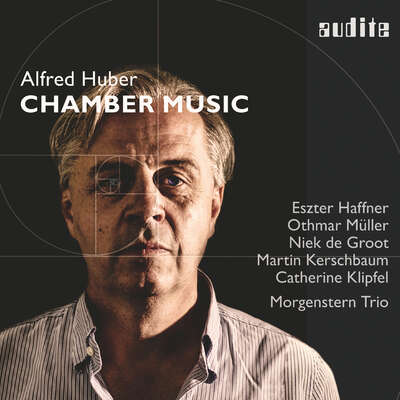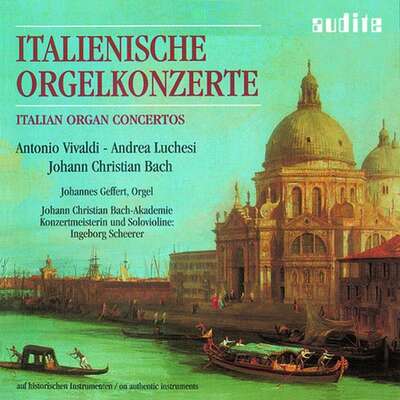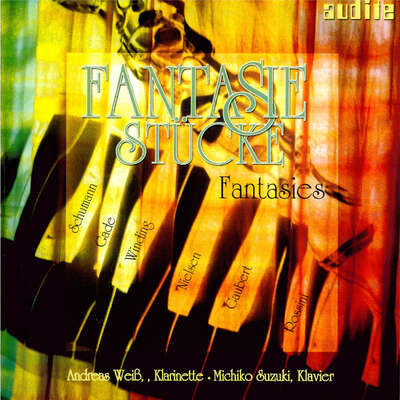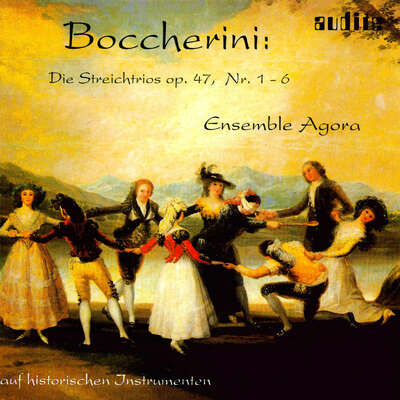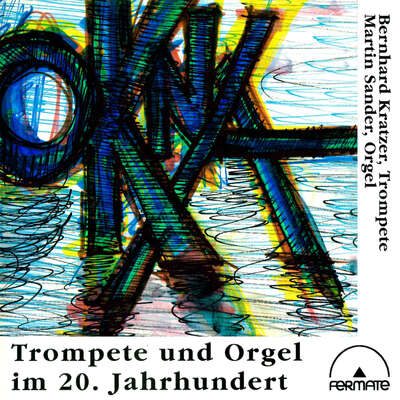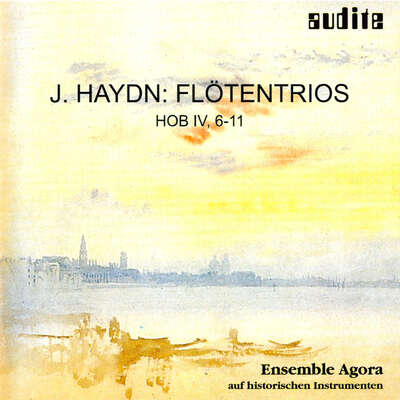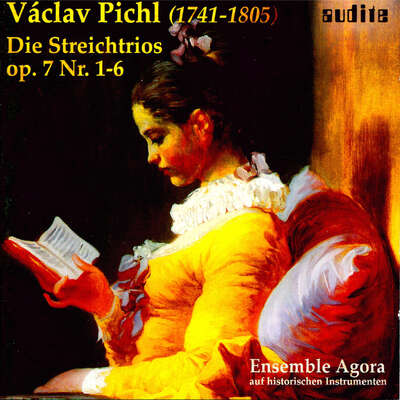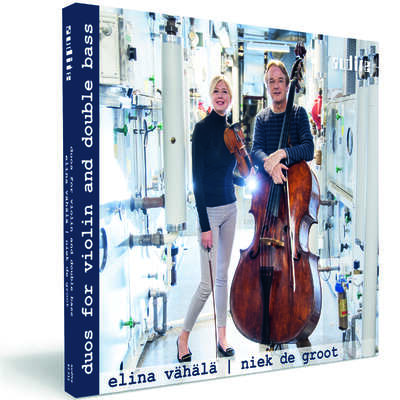
Auto-Rip
Chamber music expressing the most intimate – in Alfred Huber’s music the creative will of a subject pushes outwards, thoughts and feelings become music. The listener is left agitated and delighted by the power of sound.more
Morgenstern Trio
"Die Musiker setzen Hubers buchstäblich an-sprechende und unmittelbar fesselnde Musik ebenso präzise wie poetisch ins Werk." (Musik & Theater)
Details
| Alfred Huber: Chamber Music | |
| article number: | 97.772 |
|---|---|
| EAN barcode: | 4022143977724 |
| price group: | BCA |
| release date: | 4. November 2022 |
| total time: | 70 min. |
Bonus Material
Informationen
Communicating construction and expression is a central aspect in Alfred Huber's musical oeuvre. Themes, rhythms and their execution determine the musical development, ensuring the music's linguistic quality. Alfred Huber's music is composed with an addressee in mind: it wants to be understood and comprehended. Nevertheless, the composer uses his musical material freely and away from any traditional ties, consistently coming up with new solutions for creating musical orders and systems. In works such as Phi, Op. 27, or Pi, Op. 32, he extracts formats and proportions from numbers and numerical series. In Impossibile, Op. 20, poetic models inform his composition, while in the Piano Trio, Op. 35, he utilises an almost classical approach in his thematic development - a tribute to Ludwig van Beethoven, "the hero of my youth" (Alfred Huber) .
Reviews
Musik & Theater | 1/2-2023 | Burkhard Schäfer | January 1, 2023 Kommunikative Kammermusik
Die Musiker setzen Hubers buchstäblich an-sprechende und unmittelbar fesselnde Musik ebenso präzise wie poetisch ins Werk.Mehr lesen
www.pizzicato.lu | 12/11/2022 | Uwe Krusch | November 12, 2022 | source: https://www.pizz... Das Neurologische in der Musik
Der österreichische Arzt Alfred Huber (*1962), auf Rückenleiden spezialisierter Neurochirurg, ist auch Komponist. Oder ist es andersherum? Für denMehr lesen
Neben klassisch besetzten Formen wie dem Trio und der Violinsonate sind hier auch Sonate für Kontrabass und Klavier zu hören sowie ein weiteres als Impossible bezeichnetes Werk, das neben Cello und Klavier noch das Schlagzeug zu einem Trio einbezieht.
Außer Catherine Klipfel, die alle Klavierparts spielt, wechselt sie Besetzung je nach Werk ab. Als einziges festes Ensemble hat sich das Morgenstern Trio dem Klaviertrio gewidmet. Ihnen gelingt es, eher die atonale und raue Seite der Musik hervorzuheben. Dadurch erhält das Werk einen deutlich moderneren Ausdruck. Das Werk Impossible mit der ausgefallenen Besetzung bietet einen erfrischenden Eindruck, der sowohl von der rhythmischen Komponente wie von der lebendigen Gestaltung des Werkes und der diese Umstände nutzenden kongenialen Umsetzung durch die Solisten getragen wird.
Die beiden Sonaten gehen in ihrer Gestaltung eher normale Wege. Die Geigerin Eszter Haffner mag dabei als Huber-Spezialistin sehen, da sie auch schon andere Werke des Komponisten aufgeführt und eingespielt hat. Ihr Spiel zeichnet mit geigerischer Souveränität und Gestaltungsfeinsinn die Violinstimme und bietet zusammen mit der Pianistin eine sichere Interpretation der Violinsonate. Catherine Klipfel am Klavier weiß wie in allen Werken mit ihrem gestalteten Tastenspiel eine profunde und sichere Grundlage für die jeweiligen anderen Beteiligten zu geben, auf der sie mit diesen das gemeinsame Agieren gestaltet.
So hat auch Niek de Groot am Kontrabass eine verlässliche Partnerin, um das größte Streichinstrument zum Schwingen zu bringen.
Austrian physician Alfred Huber, a neurosurgeon specializing in back disorders, is also a composer. Or is it the other way around? He spends more time on his medical profession, yet his compositions do not suffer. Rather, his insights from neurology fertilize his music, as he can incorporate the effect of music on our brains. He has mastered doing things that are unexpected and yet sound familiar. His composing often seems to lead down a classical or romantic path, but then turns down his own path that strikes a shaky-seeming balance between tonality and approaches to atonality. At the same time, his music is sensual and analytical. He always remains committed to emotion and thus aims at the mind.
In addition to classically scored forms such as the Trio and the Violin Sonata, Sonata for Double Bass and Piano can be heard here, as well as another work named Impossible, which, in addition to cello and piano, incorporates percussion to form a trio.
Except for Catherine Klipfel, who plays all the piano parts, they alternate instrumentation depending on the work. The Morgenstern Trio is the only permanent ensemble dedicated to the piano trio. They succeed in bringing out more of the atonal and raw side of the music. This gives the work a much more modern expression. The work Impossible with the unusual instrumentation offers a refreshing impression, which is carried by the rhythmic component as well as the lively design of the work and the congenial realization by the soloists taking advantage of these circumstances.
The two sonatas follow more normal paths. The violinist Eszter Haffner may be seen as a Huber specialist, since she has also performed and recorded other works by the composer. Her playing is well shaped and, together with the pianist, offers a good interpretation of the violin sonata. Catherine Klipfel on the piano, as in all the works, knows how to provide a constructive accompaniment for the other participants. She is also is a reliable partner for Niek de Groot on the double bass who lets the largest string instrument vibrate.


